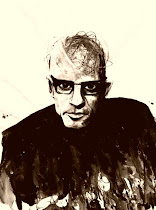 0
comments
02 February 2010
0
comments
02 February 2010
I was surfing the web for some images of science and came across these amazing scientific photographs.
http://news.nationalgeographic.com/news/2008/09/photogalleries/2008-best-science-photos/
Science can not only be visualized photographically, but also musically, it seems. Judging from a composition called The Biochemists' Songbook by Harold Baum, a biochemist. It is claimed to be scientifically accurate and amusing.
Images may be the comedy of science, bringing life to a hypothesis. Or are it the ugly facts that slay the beautiful hypothesis?



